I am currently a senior in AP Calculus BC and have taken the challenge of replicating a topic in C++ Qt. This topic covers integrals as area beneath a curve, and rotations of said areas to form a solid model with a definite volume.
I have successfully rotated a custom equation defined as:
double y = abs(qSin(qPow(graphXValue,graphXValue))/qPow(2, (qPow(graphXValue,graphXValue)-M_PI/2)/M_PI))
OR
My question is how to rotate such an equation around the Y-Axis instead of the X-Axis. Are there any methods to approximate the solving of this equation in terms of y instead of x? Are there any current implementations of such a task?
Keep in mind, I am calculating each point for the transformation in a 3D coordinate system:
for (float x = 0.0f; x < t_functionMaxX - t_projectionStep; x+=t_projectionStep)
{
currentSet = new QSurfaceDataRow;
nextSet = new QSurfaceDataRow;
float x_pos_mapped = x;
float y_pos_mapped = static_cast<float>(ui->customPlot->graph(0)->data()->findBegin(static_cast<double>(x), true)->value);
float x_pos_mapped_ahead = x + t_projectionStep;
float y_pos_mapped_ahead = static_cast<float>(graph1->data()->findBegin(static_cast<double>(x + t_projectionStep), true)->value);
QList<QVector3D> temp_points;
for (float currentRotation = static_cast<float>(-2*M_PI); currentRotation < static_cast<float>(2*M_PI); currentRotation += static_cast<float>((1) * M_PI / 180))
{
float y_pos_calculated = static_cast<float>(qCos(static_cast<qreal>(currentRotation))) * y_pos_mapped;
float z_pos_calculated = static_cast<float>(qSin(static_cast<qreal>(currentRotation))) * y_pos_mapped;
float y_pos_calculated_ahead = static_cast<float>(qCos(static_cast<qreal>(currentRotation))) * y_pos_mapped_ahead;
float z_pos_calculated_ahead = static_cast<float>(qSin(static_cast<qreal>(currentRotation))) * y_pos_mapped_ahead;
QVector3D point(x_pos_mapped, y_pos_calculated, z_pos_calculated);
QVector3D point_ahead(x_pos_mapped_ahead, y_pos_calculated_ahead, z_pos_calculated_ahead);
*currentSet << point;
*nextSet << point_ahead;
temp_points << point;
}
*data << currentSet << nextSet;
points << temp_points;
}

